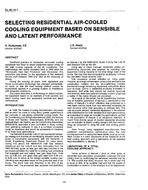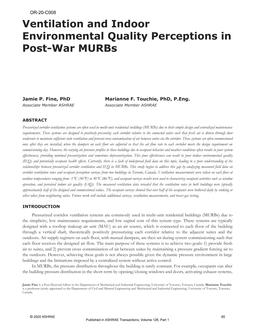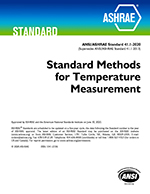The advantages and disadvantages of using water-fuel oil emulsions have been analyzed from energy conservation, air pollution and overall operating cost points of view in external combustion systems.
Mixing water with fuel oil for external combustion at constant excess air level has the advantage of:
- Reducing the tendency of the flames to generate smoke (soot) and
- Reducing the level of NOx emission because of the lower adiabatic flame temperature,
but has the disadvantage of:
- Reducing the combustion efficiency since part of the fuel energy is now used to vaporize water.
- Potentially increasing the corrosion of fuel handling equipment. Changes in stack dew point temperature were found to be less than those caused by changes in fuel type or its sulfur content.
If the excess air is reduced by amounts required to break even from an energy point of view, as calculated and presented here in graphs:
- The smoke level will generally be similar and the NOx level somewhat lower to what they were before adding water.
- No gains in combustion efficiency will have been made (break-even point), but amortization of the emulsification equipment will increase total operating costs/heating season.
If the excess air can be reduced by amounts larger than those required to break even, combustion efficiency will be increased.
It is shown that this is not likely to happen with water additions of 20% or more unless the combustion equipment was not in proper operating condition, such as represented by excess air levels above 50% and/or high stack temperatures.
Research work is needed to determine the long term effects on heat transfer surface fouling as a function of water additions, under comparable stack soot mass loading.
Citation: ASHRAE Transactions, Volume 83, Part 1, Chicago, IL
Product Details
- Published:
- 1977
- Number of Pages:
- 10
- File Size:
- 1 file , 830 KB
- Product Code(s):
- D-CH-2430


